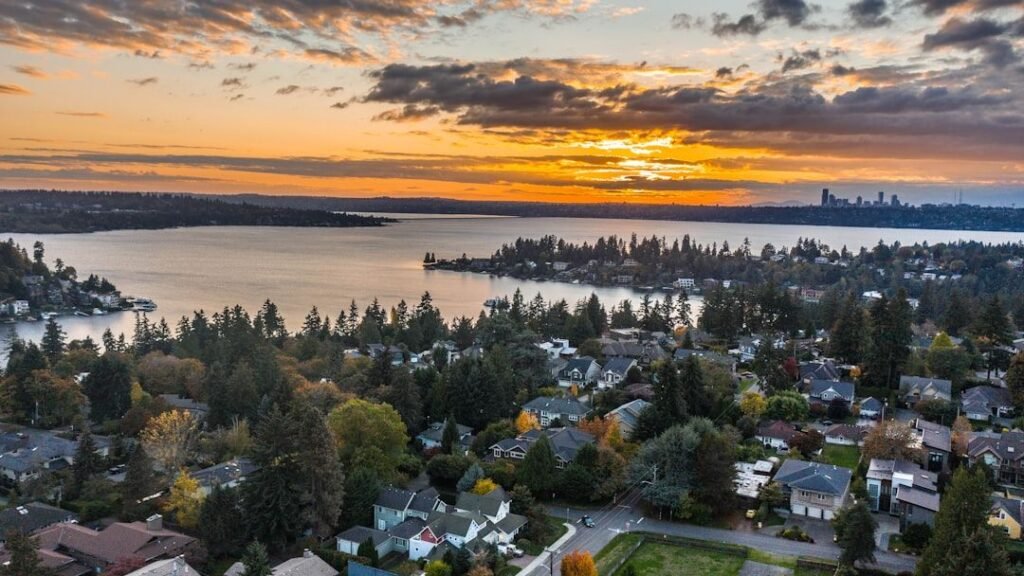Rising seas and powerful storms are eating away at America’s coastlines at an alarming rate. Traditional solutions like seawalls and riprap have proven inadequate, often making erosion problems worse. Now, a growing number of states are turning to nature itself for answers, testing innovative “living shoreline” projects that work with natural processes instead of against them. These cutting-edge approaches promise to revolutionize how we protect our coasts while preserving critical wildlife habitats.
Coastal erosion affects thousands of miles of American shoreline, threatening homes, businesses, and entire communities. What makes living shorelines so promising is their ability to provide protection while actually strengthening the ecosystem. Unlike rigid concrete barriers that reflect wave energy and cause more damage down the coast, these natural solutions absorb wave energy and grow stronger over time.
Maryland Leads the Charge with Mandatory Living Shorelines

Maryland stands at the forefront of this revolution, having required living shorelines since 2008 under the Living Shoreline Protection Act. The state’s extensive Chesapeake Bay coastline faces constant threat from storms and rising seas, making it an ideal testing ground for these natural solutions.
Nearly seventy percent of Maryland’s impressive 7,000 miles of shoreline is actively eroding, with waters claiming 580 acres annually. The state has responded by creating comprehensive programs that offer both regulatory requirements and financial incentives for property owners to choose nature-based solutions over traditional hardening methods.
Virginia Follows Suit with Comprehensive Programs
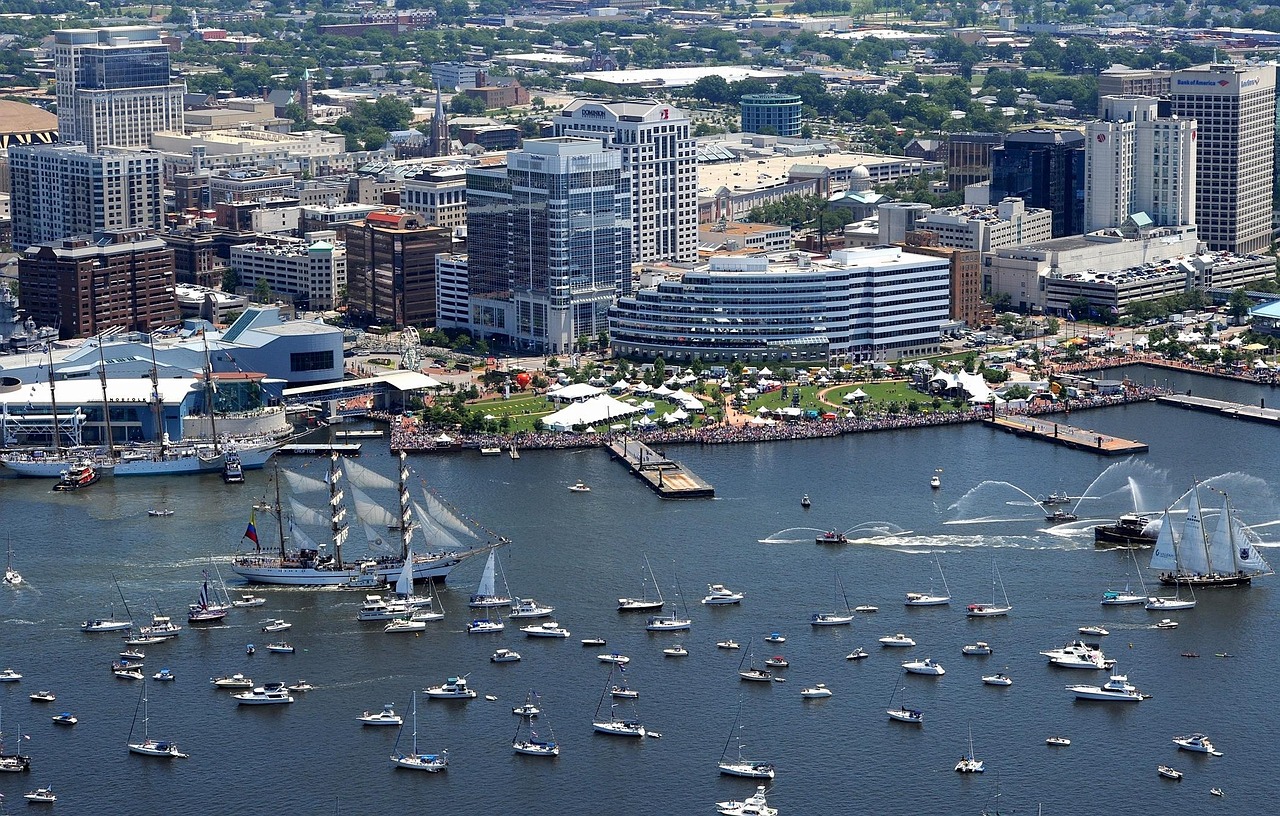
Virginia implemented its own living shoreline mandate in July 2020, requiring these natural approaches unless scientific evidence proves they wouldn’t work at a specific site. The commonwealth has seen remarkable success with these programs, particularly in the Middle Peninsula region.
Research shows that marshes and living shorelines in Virginia’s Middle Peninsula generate over $6.4 million in economic value from recreational fishing alone, more than three times the value of hardened shorelines. Virginia’s Middle Peninsula was even designated as NOAA’s newest Habitat Focus Area, recognizing its potential to become more resilient through nature-based infrastructure efforts.
North Carolina Embraces Natural Buffer Systems
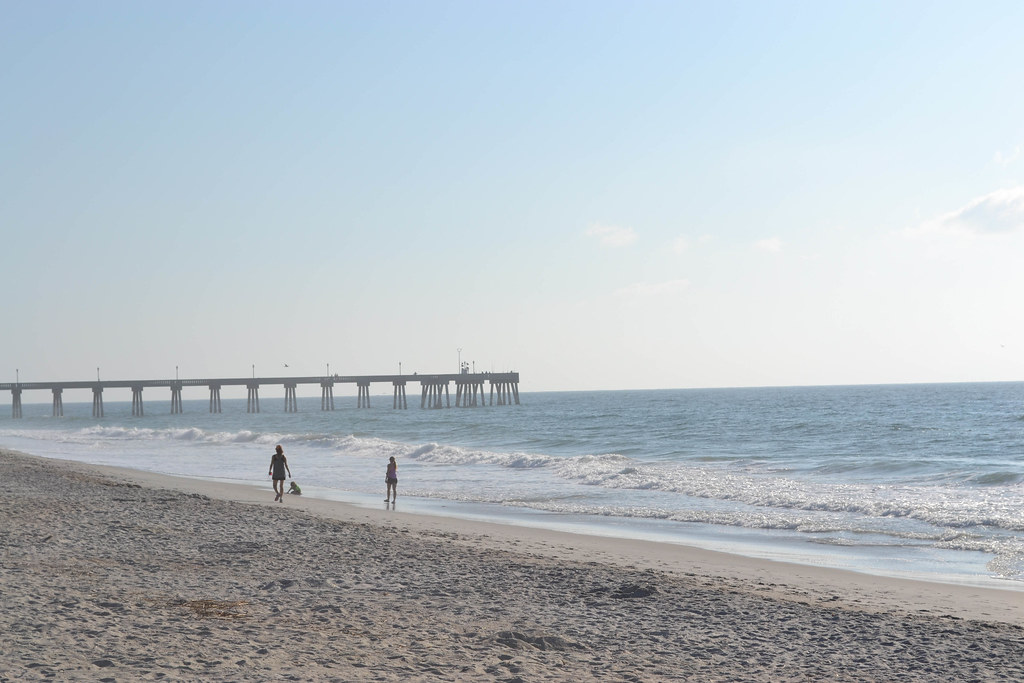
North Carolina’s massive 12,000 miles of estuarine shoreline provide some of the world’s most productive habitats, but erosion is increasing due to rising sea levels and extreme storms. The North Carolina Coastal Federation has become a leader in living shoreline implementation and testing.
The federation has designed, constructed, and monitored dozens of living shoreline projects across the coast, with renowned scientists confirming their effectiveness. Recent projects include innovative partnerships with coastal towns like North Topsail Beach and Surf City, featuring advanced oyster catcher systems designed to optimize marine habitat creation.
South Carolina Tackles Massive Coastal Land Loss
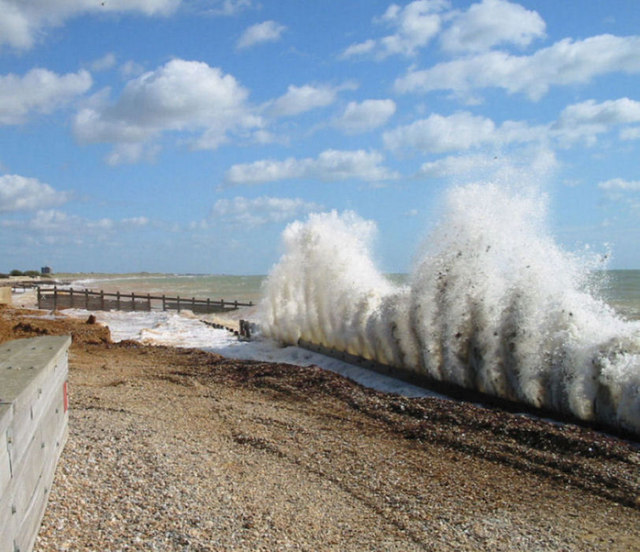
South Carolina boasts more salt marsh than any other East Coast state, but its coastline and marshes are disappearing at an alarming rate due to sea level rise and erosion. Surging waters from storms and boat wakes consume the state’s shoreline at almost 2 inches annually, threatening both marsh ecosystems and coastal communities.
NOAA awarded The Nature Conservancy $6.8 million through the Bipartisan Infrastructure Law to build a 2,000-foot living shoreline near Marine Corps Air Station Beaufort and help low-income landowners implement similar projects. This represents one of the most ambitious living shoreline projects ever undertaken on the East Coast.
Florida Conducts Innovative Research Comparisons
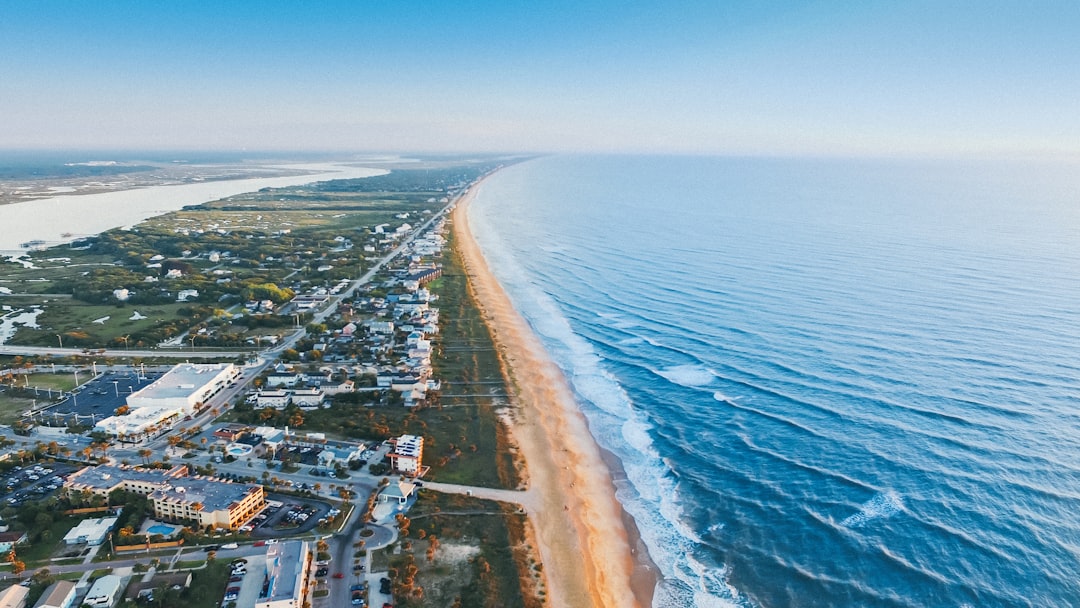
The Florida Fish and Wildlife Conservation Commission is conducting research comparing four different shoreline stabilization methods: standard seawalls, modified seawalls resembling mangrove roots, mangrove living shorelines, and oyster shell living shorelines. Results expected in 2025 will provide crucial guidance for coastal protection decisions throughout the Southeast.
In Florida, a single hectare of salt marsh provides $8,236 in annual hurricane damage reduction value, with benefits increasing over time as the living systems mature. The state’s extensive research efforts are helping refine techniques that can be applied across different coastal environments and conditions.
Maine Pioneers Bluff Protection Innovation
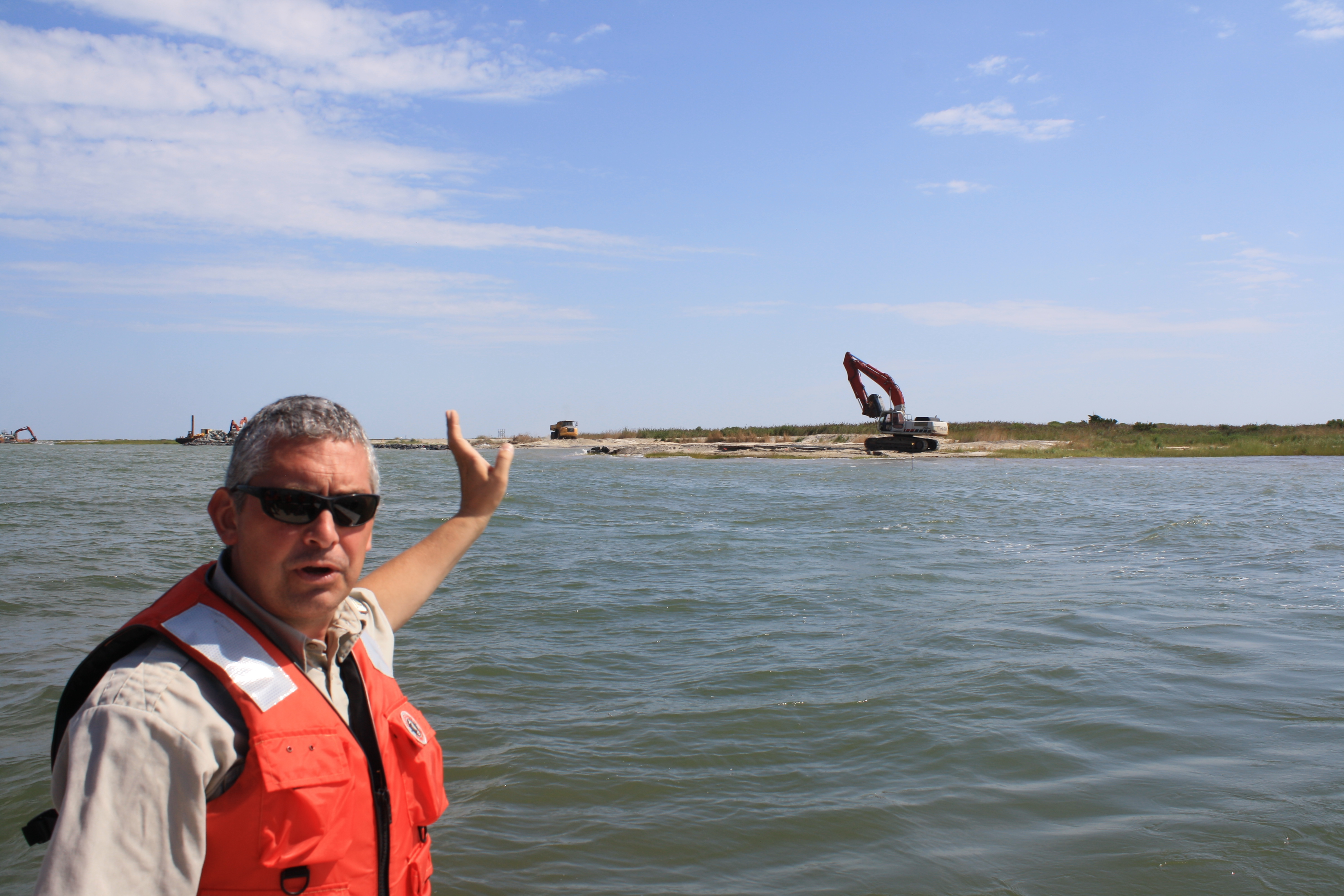
Maine faces particularly challenging conditions, with powerful winter storms pushing tides higher than normal due to rising sea levels, prompting federal disaster declarations. Marine geologist Peter Slovinsky describes recent storm damage as extensive, with sixty percent of Maine’s working waterfronts severely damaged.
Maine contractors are innovating new approaches to protect sandy bluffs, with one entrepreneur developing techniques to preserve eroding bluffs along 2,000 feet of shoreline using natural methods. These innovations demonstrate how living shoreline concepts can be adapted to different coastal environments beyond traditional marsh systems.
New Hampshire Integrates Living Shorelines into State Regulations

New Hampshire has already incorporated living shorelines into state regulations and has several projects underway, including sites like Cutts Cove in Portsmouth that weathered recent storms exceptionally well. The state’s proactive regulatory approach provides a model for integrating natural solutions into existing permitting processes.
New Hampshire’s success demonstrates how smaller coastal states can effectively implement living shoreline programs. Their projects serve as testing grounds for techniques that can be scaled up and applied in other New England coastal communities facing similar challenges from extreme weather and rising seas.
Washington State Promotes Nonstructural Alternatives
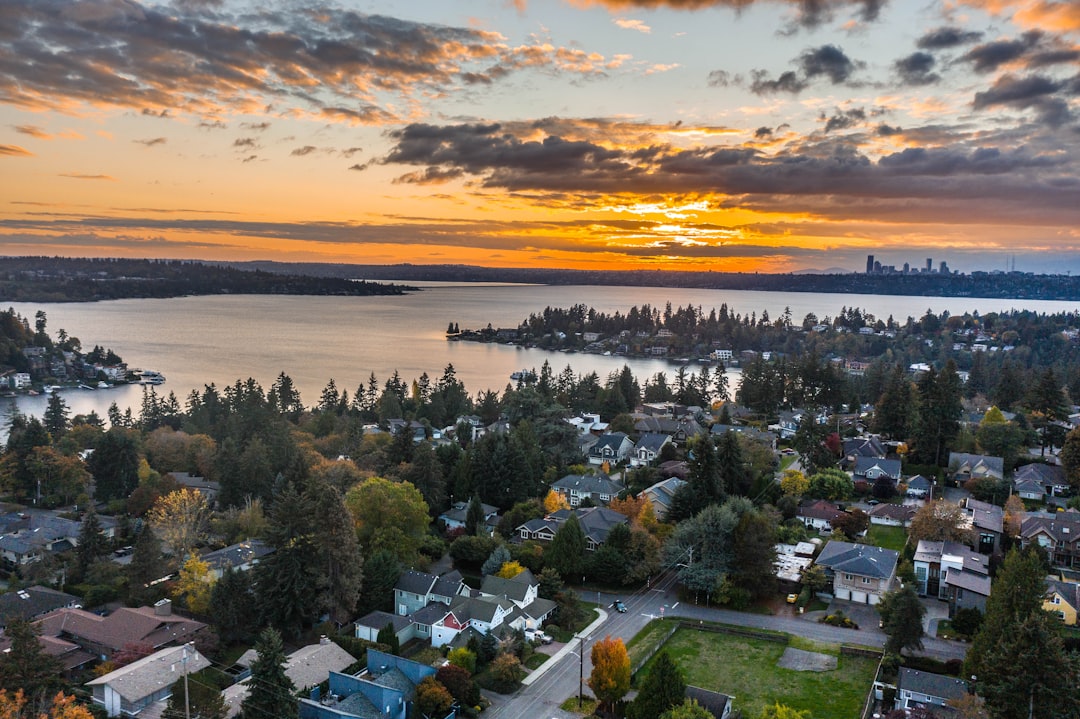
Washington’s Department of Ecology regulations actively favor nonstructural shoreline stabilization methods, including structure relocation, vegetation enhancement, anchor trees, and gravel placement as alternatives to hard armoring. The Pacific Northwest faces unique challenges from both ocean storms and Puget Sound conditions.
Washington’s regulatory framework emphasizes setbacks, vegetation enhancement, and natural materials over traditional hard armoring approaches. This comprehensive approach recognizes that different coastal environments require tailored solutions while maintaining the core principle of working with natural processes rather than against them.
The Future of Coastal Protection
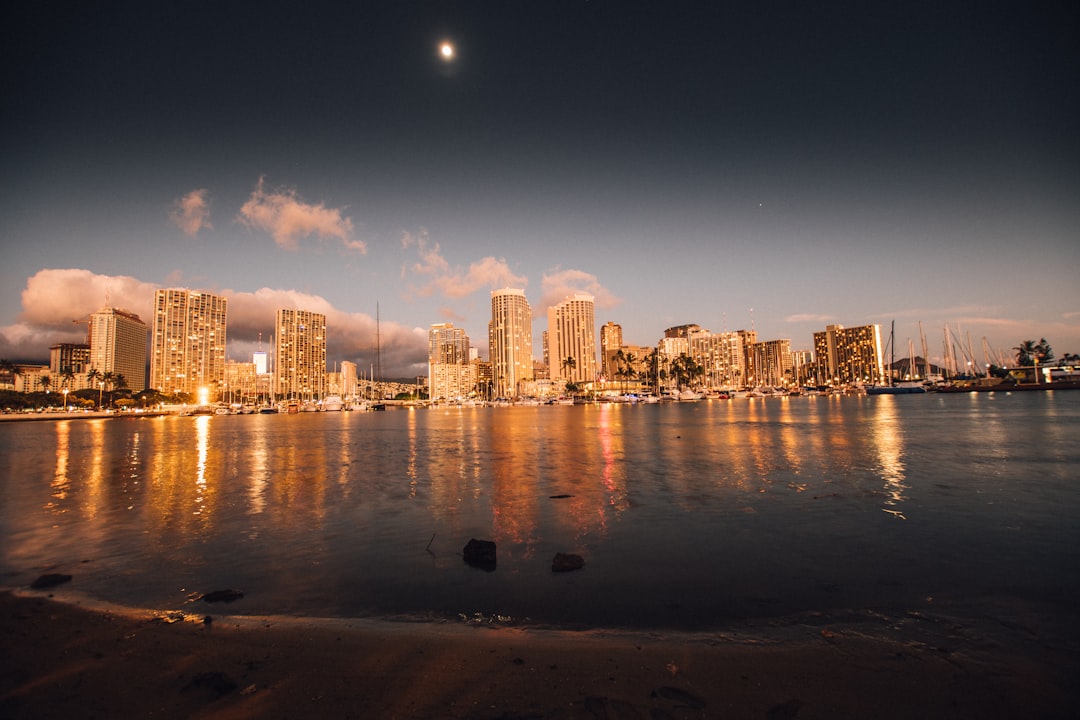
A recent survey found that 21 of 30 surveyed states have endorsed living shorelines or other soft coastal resiliency approaches in their laws, regulations, or policies. This represents a fundamental shift in how America approaches coastal protection, moving away from expensive, temporary fixes toward sustainable, long-term solutions.
Living shoreline costs range from $50 to $150 per linear foot, while traditional bulkheads cost between $80 and $1,200 per linear foot. Beyond the immediate cost savings, living shorelines provide increasing value over time as they mature and strengthen naturally. Research confirms that living shorelines increase resilience by reducing erosion and promoting lateral building of shoreline zones during both short-term disturbances and long-term presence.
The success of these eight pioneering states demonstrates that natural solutions can provide superior protection while preserving the coastal environments that define American shorelines. As climate change accelerates and traditional approaches prove inadequate, living shorelines offer hope for communities seeking sustainable protection from an uncertain future. What do you think about this shift toward nature-based coastal protection? Tell us in the comments.

Hi, I’m Andrew, and I come from India. Experienced content specialist with a passion for writing. My forte includes health and wellness, Travel, Animals, and Nature. A nature nomad, I am obsessed with mountains and love high-altitude trekking. I have been on several Himalayan treks in India including the Everest Base Camp in Nepal, a profound experience.

